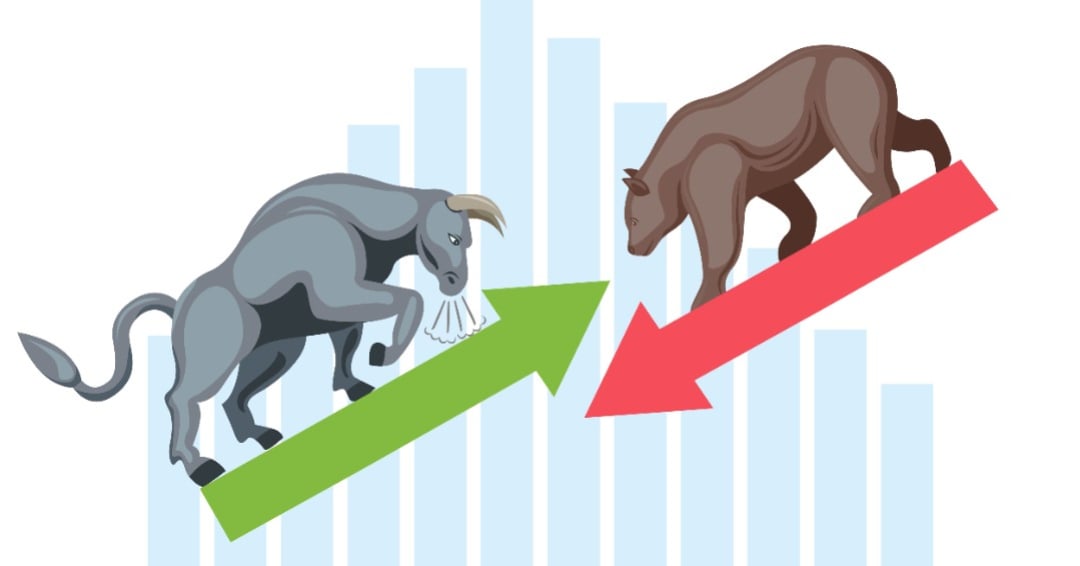
A Bear Market is defined as a 20% drop in market value from the peak. The S&P 500 has hovered around this threshold for several days and weeks. For virtually all investors, a Bear Market creates stress and emotions. However, we encourage our clients to believe that a Bear Market is not a reason to panic. Instead, consider your current situation and consider your long-term goals.
A Bear Market can represent a tremendous buying opportunity for the long-term investor and create significant tax planning opportunities within an investment portfolio. As Warren Buffett famously stated, “Be fearful when others are greedy, and greedy when others are fearful.” Now is a time when we are all forced to check our emotions and determine if we’re truly in the market for the long haul or if fear will get the best of us.
Benefits of a Roth Conversion
A tremendous tax planning and asset location strategy available in today’s investment, tax, and economic environment is the concept of Roth conversion. Fundamentally, a Roth IRA is an account that provides investors with the opportunity for tax-free growth on their assets.
As long as distributions are taken 5-years after the contribution (or conversion), and the Roth IRA owner is at least 59.5 years old, everything inside of the Roth IRA is considered tax-free when distributions are taken, including the growth portion of the account. With that said, it’s important to remember that you must pay taxes during the year in which Roth conversion is implemented.
So why is now a necessary time to be talking about Roth conversions? Financial advisors and tax professionals often recommend Roth conversions so that investors can take advantage of today’s tax rates compared to tax rates that are projected to be paid in future years (based on the client’s situation.) So, if you happen to be in a lower tax rate today than what you’re likely to owe Uncle Sam in the future, consider a Roth conversion to proactively pay taxes in today’s lower rate environment.
Going a step further, if the asset(s) you plan on converting to Roth IRA have decreased in value, you now have the opportunity to convert more shares to your Roth IRA. So, bottom line, if you envision your investment asset will increase over time and you feel like your investment is something you plan on holding in your IRA or Roth IRA, let the future appreciation happen inside of the Roth IRA so the growth can be distributed tax-free!
For example, let’s assume your investment in XYZ stock within your Traditional IRA has fallen by 25% during recent months. However, you have faith in this company, and you plan to hold onto the stock for the long run. If you’ve been contemplating doing a Roth conversion, you can now convert more XYZ stock shares into your Roth IRA since the share price has fallen in value.
Consider the following example, which assumes your plan during the year is to implement a Roth conversion of $100,000 to take advantage of your currently low tax rate:
- Day 1 – You own 5,000 shares of XYZ stock in your Traditional IRA, and the stock is trading at $50 per share. The total market value, therefore, is $250,000. So if you were to convert $100,000 of the stock into your Roth IRA, you’d be converting 2,000 shares (i.e., $100,000 / $50 per share).
- Today – You still own 5,000 shares of XYZ stock, but it’s now trading at $37.50 per share (i.e., a drop of 25% from its Day 1 value). Today’s market value is, therefore, $187,500. So if you were to convert $100,000 of the stock into your Roth IRA, you’d be converting 2,667.67 shares (i.e., $100,000 / $37.50 per share).
Now let’s assume you’ve waited for 10-years, and the XYZ stock price has rebounded just like you thought it would. So in year 10, XYZ stock is now trading at $100 per share.
- Roth IRA value if you converted 2,000 shares = $200,000, which represents tax-free growth of $100,000 inside of the Roth IRA.
- Roth IRA value if you converted 2,667.67 shares = $266,767, which represents tax-free growth of $166,767 inside of the Roth IRA. The growth is 66.67% more inside of your Roth IRA! Even better, this growth is all-tax-free, assuming the conditions mentioned earlier are all satisfied.
Bottom line, investors must consider the current and projected future tax situation, goals, and liquidity needs before deciding to convert IRA assets to Roth IRAs. A conversion may be an excellent strategy when there is a strong likelihood that your future tax rate(s) will be higher than what you’re paying today.
At Birchwood Financial Partners, we work with our clients to help them feel empowered and knowledgeable about their financial decisions each day. We invite you to learn more about our firm, our team, our services, and the clients we serve.




